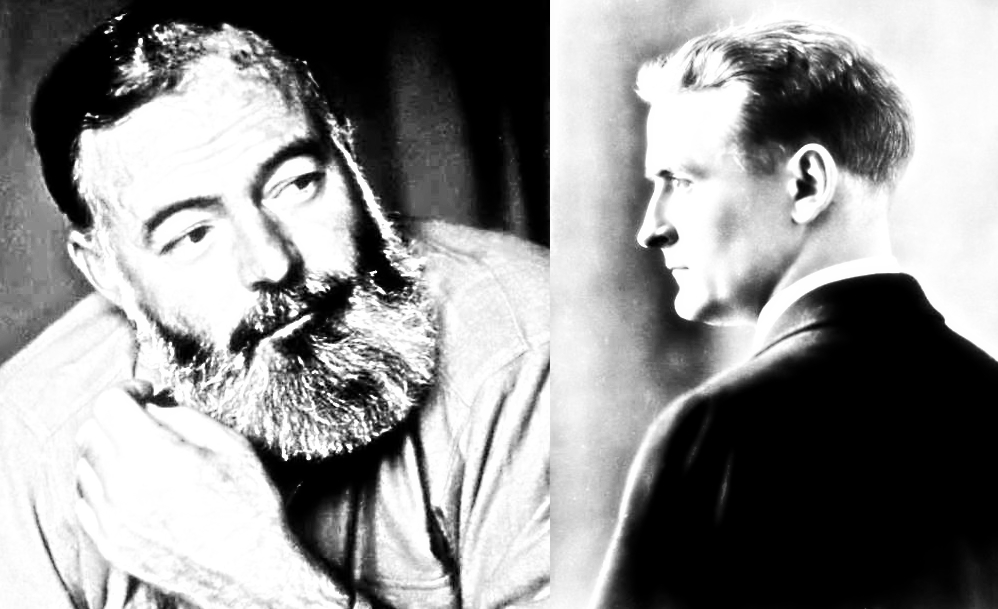One of the most difficult aspects of the writing craft most writers struggle to conquer is finding their own voice. It takes time and effort and a lot of practice (and a lot of reading). I can’t say that I have a distinctive voice, but I am comfortable with the way I write, and I am comfortable with how I write (if somebody points out a typo, I don’t internalize it as a flaw in my character but merely as the recursive nature of writing).
With that in mind, one easy way to find your voice (or just get comfortable) is to practice writing using the active and passive voice. Today, are looking at both the active and passive voices in writing, and we will analyze usages for both to improve our own writing!
Writing in the active voice
What does it really mean to write in the active voice?
Well, it’s a grammatical question really, which scares both writers and ELA teachers alike. Believe me, I was in a room with a group of K-5 teachers, and not a one of them raised their hands when asked if they liked teaching writing.
I think most of these fears come from the complexity of the English language (the numerous rules are daunting); but, we really can’t forget that the easies style of writing is the easiest to understand. As such, active voice sentences force you (at first) to write simple sentences that have a subject (noun typically) doing something (verb).
Active Voice Sentence Example: Frederick ate cake.
Frederick is the subject (noun/proper noun) and he’s performing the act of eating (verb).
Writing in this way is important because it conveys meaning directly (not unless your subject is a verb, like writing, but we will get into that later). Practice writing a story in active voice using short, simple sentences; then, go back and dress it up with clauses and phrases and whatever else you like that is grammatically appropriate.
Writing in the passive voice
If we can look at an active voice sentence as a subject performing an action, then a passive voice sentence can be looked at as a subject receiving an action, which often switches up the order of the noun and verb in the sentence.
Passive Voice Sentence Example: The cake was eaten by Frederick.
Here, we have the action happening to the subject. In fact, we have the cake taking precedent over the true subject, which is Frederick. Ask yourself, who is performing the action? I assure you, the cake is not supposed to be eating, and if it is–call the army.
Passive voice writing is considered poor writing because it obfuscates (confuses) the subject of the sentence and blurs what is happening exactly (and we really need to be more exact as writers).
Though, some writing benefits from the passive voice. One example you will see often is when the subject is unknown:
Example: A bullet was fired into the residence last night.
In the above sentence, we don’t know who fired the bullet, but we can infer that it was done by somebody who did not want to be caught.
Takeaway
Grammar is just a set of rules for you to follow until you want to bend them. Accordingly, the active and passive voice in writing have their own set of rules to follow. Understanding when and where to use active and passive voices will create dynamism in your writing. Even if it’s difficult at first, just remember to take it slow and chew off a piece at a time!







